Companies
-
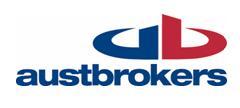
Steady as she goes
Ben MacNevin
December 10, 2012
Few Australian management teams and their boards have been successful over long periods of time in ‘rolling’ up businesses under one roof. Inevitably, too much is paid; they struggle to deploy systems to drive scale and efficiencies; and retaining key management becomes a key problem once their lock-in period expires. It’s why we are so cautious of business strategies that revolve largely around acquisitions to grow the business. While it is easy to ‘grow’ by simply purchasing another business’ earnings, unless the return on the equity employed remains stable or improves, such capital allocation decisions will erode shareholder wealth over time.
by Ben MacNevin Posted in Companies, Insightful Insights, Insurance.
- save this article
- POSTED IN Companies, Insightful Insights, Insurance
-
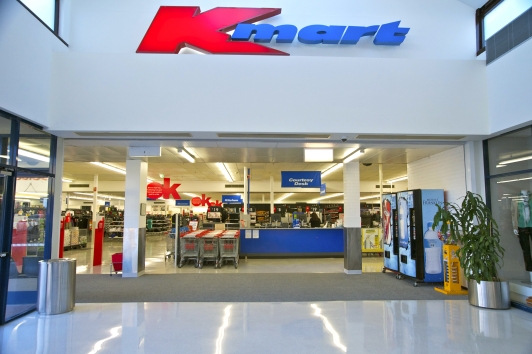
The “New” Kmart
Ben MacNevin
December 7, 2012
With Christmas trading moving into full swing, everyone’s focus seems to be on the retail climate in Australia, with particular themes in the media springing to mind:
· Online sales are making it difficult for bricks and mortar stores
· Interest rates need to be cut further to stimulate spending
· The failure of Click Frenzy…
by Ben MacNevin Posted in Companies, Consumer discretionary, Investing Education.
-
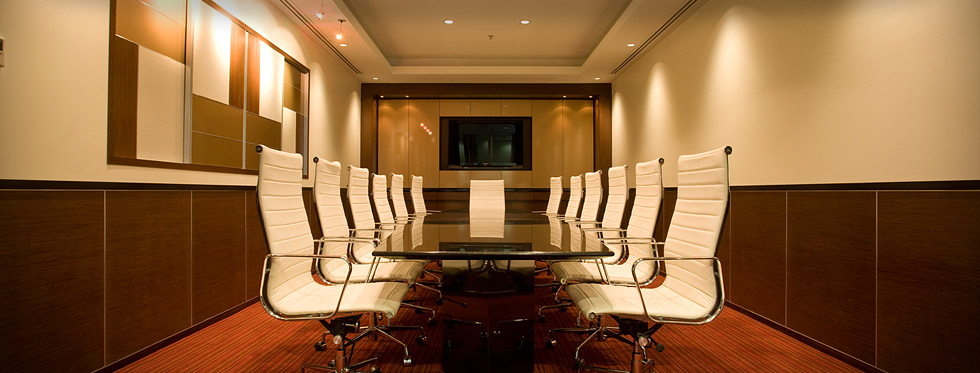

WHITEPAPERS
Servcorp at a crossroads
Roger Montgomery
December 1, 2012
Expansion success hinges on global economies
Two analysts, presented with the same set of facts can, and often do, arrive at entirely different conclusions. Indeed, every day and every time a stock trades, the buyer and seller are arriving at vastly different conclusions.
On the one hand a renewed interest in cyclical stocks does not make it difficult to imagine Servcorp shares racing higher – the company having boldly positioned itself for an economic upturn by doubling its floor portfolio and expanding in the United States in anticipation of a strengthening global economy.
by Roger Montgomery Posted in Companies, Whitepapers.
- 1 Comments
- save this article
- POSTED IN Companies, Whitepapers
-

Mining hits the growth cliff
David Buckland
November 30, 2012
On Wednesday the Australian Bureau of Resources and Energy Economics said 51 mineral projects, 18 gas and petroleum projects and 18 infrastructure projects worth $268 billion had been approved. Of the 87 projects, 11 mega projects worth more than $5 billion each, account for an aggregate $200 billion or 75 per cent of the total committed project value. For some months now we have been warning investors of a growth cliff and note the slowing in the number of projects that have progressed from potential to committed. For example, in the six months to April 2012, 21 projects worth $45 billion were approved. However, in the six months to October 2012, 10 projects worth $13 billion were approved.
by David Buckland Posted in Companies, Energy / Resources.
- 4 Comments
- save this article
- POSTED IN Companies, Energy / Resources
-

MEDIA
Where’s the Value?
Roger Montgomery
November 26, 2012
Roger provides his insights into the current lack of value in the Australian market with Ross Greenwood on his 2GB radio show. Listen here.
This program was broadcast 26 November 2012.
by Roger Montgomery Posted in Companies, Intrinsic Value, Investing Education, Radio.
- save this article
- POSTED IN Companies, Intrinsic Value, Investing Education, Radio
-

MEDIA
What are Roger Montgomery’s insights into value in the current market?
Roger Montgomery
November 21, 2012
Do Maxitrans (MXI), QBE (QBE), ARBE Corporation (ARP), Cobar Consolidated (CCU), IOOF (IFL), Seek (SEK), Fleetwood (FWD), Adelaide Brighton (ABC), NIDO Petroleum (NDO), Boral (BLD), Cardno (CDD), Jumbo Interactive (JIN) or Coca Cola Amatil (CCA) achieve the coveted A1 grade? Watch this edition of Sky Business’ Your Money Your Call 21 November 2012 program now to find out, and also learn Roger’s insights into value in the current market in resource stocks. Watch here.
by Roger Montgomery Posted in Companies, Investing Education, Market Valuation, TV Appearances.
-
Is Telstra in love with Ten?
Roger Montgomery
November 16, 2012
With the Ten share price up 5% today we reckon some participants must be trading on rumours. In this case, rumours are swirling around the market that Telstra is about to buy Ten. We don’t of course trade in rumours and we won’t be starting now. We are keen however to watch Telstra’s content strategy roll out – in anticipation of the NBN being completed. As we have previously mentioned, by 2017 Telstra will likely dominate the digital delivery of content. The delivery platform will have been levelled and so the competitive focus for Telstra needs to be content. They’ll knock on your door with a big black box and bundled deal offering IPTV, Foxtel, FoxSports and (Ten?) all on the one platform for one great price….
So could Ten be part of that strategy? As is always the case with rumours, time will tell.
by Roger Montgomery Posted in Companies, Insightful Insights, Market Valuation.
-

MEDIA
What are Tim Kelley’s insights on Exchange Traded Funds?
Roger Montgomery
November 15, 2012
Do Energy Action (EAX), Central Petroleum (CTP), Perseus (PRU), Iluka Resources (ILU), AGL (AGK), Matrix (MCE), Reward Minerals (RWD), FKP Property (FKP), Rio Tinto (RIO), Telecom NZ (TEL), Hills Holdings (HIL), Aurora (AUT), DWS (DWS) Cash Converters (CCV) or NAB (NAB) achieve the coveted A1 grade? Watch this edition of Sky Business’ Your Money Your Call 15 November 2012 program now to find out, and also learn Tim’s insights on Exchange Traded Funds. Watch here.
by Roger Montgomery Posted in Companies, Insightful Insights, Investing Education, TV Appearances.
-
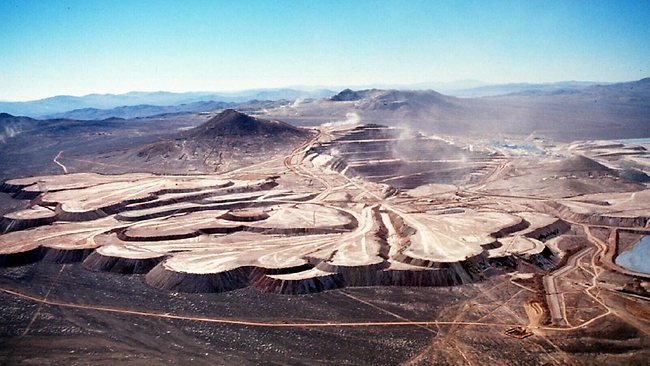
The Resource Service Companies are Contractors
David Buckland
November 14, 2012
The contractual nature of the resource service sector was highlighted with Emeco’s latest earnings downgrade. Their Australian fleet utilisation has declined from 91% in the 6 months to June 2012 to the current 66%. A combination of weaker demand, contract revisions, and contract non-remewals was to blame. Commentary particularly reflected lost contracts from the iron ore and coal industries. Expectations for the Company’s revenue line has been cut by 20% to around $550m for each of Fiscal 2013 and 2014, while net earnings have been reduced by around one-third to $51m and $58m, respectively. At the current share price of $0.51, some brokers are calling Emeco a buy as it is now selling on a prospective PE of 6X and a one-third discount to its net tangible asset backing of $0.76 per share.
Nevertheless, we remain cautious on the outlook for the resource service companies generally and believe investors should be wary of Emeco’s forecast $443m net indebtedness.
by David Buckland Posted in Companies, Energy / Resources, Insightful Insights.
-
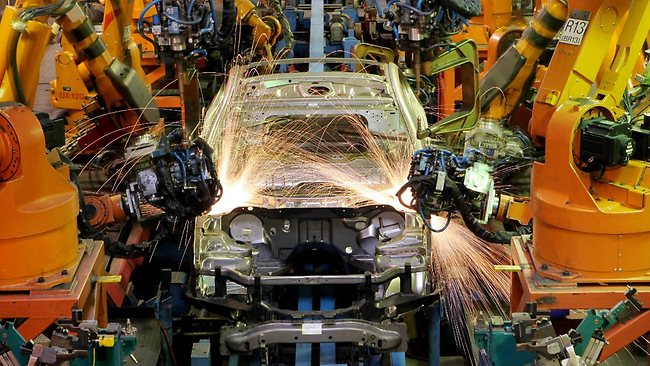
Changes in the car market – enduring or short-term?
Roger Montgomery
November 12, 2012
AMA, MXI, AHE and ARP share prices are all booming on the back of surging demand in an under supplied car market, causing a shortage of capacity which is driving up margins for the sector’s operators.
You can read one of our recent post on the subject here.
Naturally we have been drawn to the operators in the sector on the back of this capacity shortage. The ability to charge higher prices in a capacity-constrained environment is great if they are enduring, but I must ask, is the entire sector in a little bubble? A bubble in profitability and short-term market growth?
continue…by Roger Montgomery Posted in Companies, Insightful Insights, Manufacturing.
